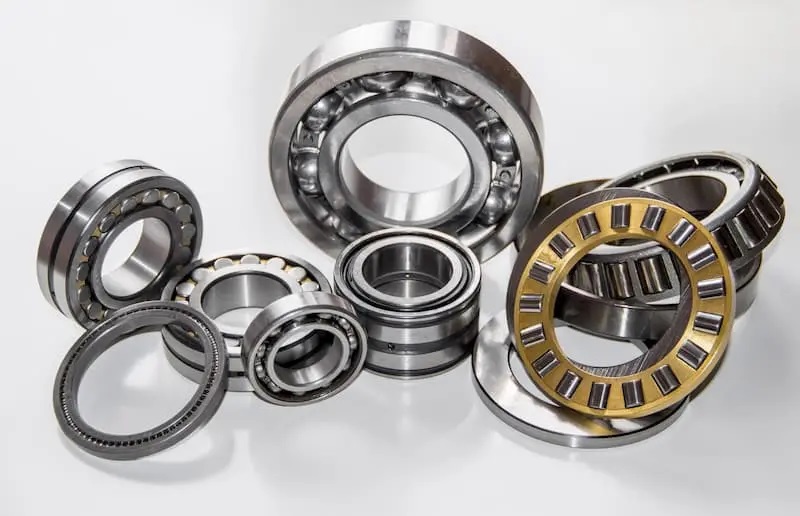Bearings are essential components in machinery, designed to reduce friction between moving parts. They are critical in ensuring the smooth operation and longevity of mechanical systems. Understanding the different types of bearings, their uses, and maintenance tips can help you select the right Bearing for any application.
Types of Bearings
Bearings come in various types, each suited for specific applications. Here are the most common ones:
Ball Bearings
Ball bearings are the most widely used type of Bearing. They consist of balls that provide a smooth, low-friction motion. Ball bearings are suitable for applications with low to moderate load requirements and are often found in:
- Automobiles
- Household appliances
- Electric motors
Roller Bearings
Roller bearings use cylindrical rollers instead of balls, providing higher load capacities. They are ideal for heavy-duty applications and are commonly used in:
- Conveyor belt systems
- Heavy machinery
- Industrial equipment
Thrust Bearings
Thrust bearings are designed to handle axial loads and are typically used in applications where there is a need to support high axial forces. Common uses include:
- Automotive steering systems
- Rotating shafts
- Gearboxes
Needle Bearings
Needle bearings are a type of roller bearing with thin, needle-like rollers. They are suitable for applications with limited space and high load capacities, such as:
- Transmission systems
- Engine components
- Aerospace applications
Uses of Bearings
Bearings are versatile components used across various industries. Here are some of their primary uses:
- Automotive Industry: Bearings are essential in vehicles, providing smooth operation of wheels, engines, and transmission systems.
- Manufacturing: Bearings facilitate the movement of machinery and equipment, ensuring efficiency and productivity.
- Aerospace: High-precision bearings are crucial in aircraft systems, supporting everything from engines to landing gears.
- Consumer Electronics: Small bearings are used in devices like computers and mobile phones to enable the smooth functioning of moving parts.
Maintenance Tips for Bearings
Proper maintenance of bearings is vital to prolong their lifespan and ensure optimal performance. Here are some tips to keep your bearings in top condition:
Regular Inspection
Regular inspections should be conducted to check for signs of wear and tear. Look for unusual noises, vibrations, or temperature changes that might indicate a problem.
Lubrication
Keep bearings well-lubricated to reduce friction and prevent wear. Use the appropriate type of lubricant for your specific bearing type and application.
Clean Environment
Ensure the operating environment is clean and free of contaminants. Dirt and debris can cause significant damage to bearings.
Proper Installation
Ensure bearings are installed correctly, following manufacturer guidelines. Improper installation can lead to misalignment and premature failure.
Load Management
Avoid overloading bearings. Ensure the load on the Bearing is within the specified limits to prevent damage.
By understanding the various types of bearings, their uses, and maintenance tips, one can make informed decisions about the appropriate Bearing for any application. For more detailed information on specific bearing models and their applications, check out resources like Bearing (ตลับลูกปืน, which is the term in Thai) for expert guidance.
Maintaining bearings properly ensures the longevity and efficiency of mechanical systems, reducing downtime and saving costs in the long run.


